Imagine a plant so stunning it transforms your living space with its lush, watermelon-striped leaves, yet so easy to care for that even beginners can keep it thriving. Meet the Watermelon Moon Peperomia, a houseplant that’s captivating plant lovers worldwide with its vibrant foliage and compact charm. Whether you’re a seasoned plant parent or just starting your indoor jungle, this guide unlocks the secrets to mastering watermelon moon care. From perfect lighting to foolproof watering, we’ll cover everything you need to grow a healthy, eye-catching Peperomia argyreia that elevates your home’s aesthetic. Let’s dive in!
What Is the Watermelon Moon Peperomia? 🌿
Origins and Characteristics
The Watermelon Moon Peperomia, scientifically known as Peperomia argyreia, hails from the tropical rainforests of South America, particularly Brazil. Its heart-shaped leaves boast a striking pattern: silvery-green backgrounds with bold, dark green stripes resembling a watermelon’s rind—hence its charming nickname. This compact plant typically grows to about 8-12 inches tall, making it a perfect fit for small spaces. According to the University of Florida’s Institute of Food and Agricultural Sciences, Peperomia species are prized for their ornamental foliage and adaptability to indoor environments, thriving with minimal fuss.
Why Choose the Watermelon Moon for Your Home?
The Watermelon Moon is a standout choice for plant enthusiasts. Its small size suits apartments, offices, or cozy corners, while its lush foliage adds a pop of elegance to any decor. Beyond aesthetics, this Peperomia is non-toxic to cats and dogs, making it a safe addition to pet-friendly homes, as confirmed by the ASPCA’s plant safety database. Plus, it’s a natural air purifier, helping to remove indoor pollutants, according to NASA’s Clean Air Study. Whether you’re drawn to its beauty or its low-maintenance nature, the Watermelon Moon is a must-have for any plant collection.
Essential Care Requirements for a Thriving Watermelon Moon 🌞
Light Needs for Optimal Growth
To keep your Watermelon Moon vibrant, provide bright, indirect light. This mimics its natural habitat under the dappled canopy of tropical forests. Place it near an east- or west-facing window with a sheer curtain to diffuse sunlight, or use a grow light (like a 6500K full-spectrum LED) for consistent illumination. Direct sunlight can scorch its delicate leaves, causing faded patterns or brown spots. A common mistake is placing it in low-light corners, which dulls its stripes and stunts growth. For example, position your Watermelon Moon 3-5 feet from a sunny window to achieve the perfect light balance.
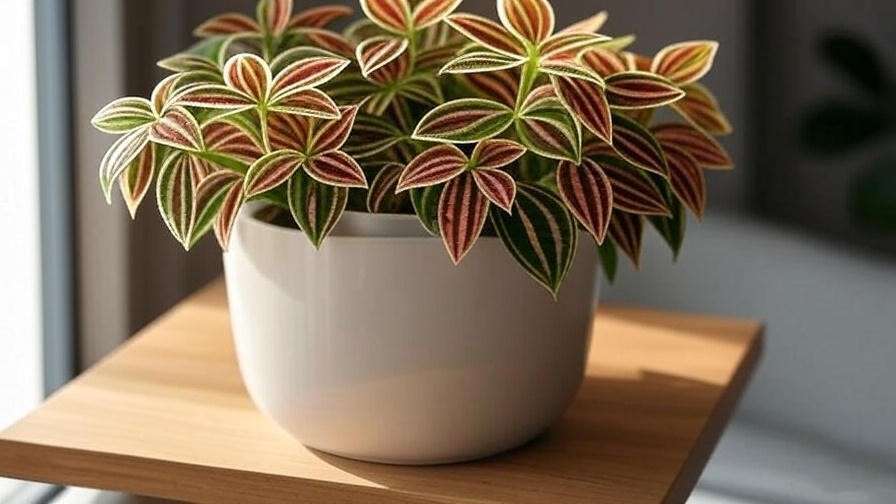
Watering the Watermelon Moon
Watering is where many plant parents stumble, but the Watermelon Moon is forgiving if you follow the right approach. Use the soak-and-dry method: water thoroughly, then allow the top inch of soil to dry out before watering again, typically every 1-2 weeks. Overwatering is the top cause of Peperomia failure, leading to yellowing leaves or mushy stems. If you notice these signs, cut back on watering and ensure proper drainage. A moisture meter can help you gauge soil dryness accurately. Pro tip: Use room-temperature water to avoid shocking the roots.

Soil and Potting Mix
The Watermelon Moon thrives in a well-draining potting mix that mimics its native, airy soil. Combine equal parts peat moss, perlite, and orchid bark for optimal drainage and aeration. According to horticulturist Dr. Susan Mahr from the University of Wisconsin-Madison, Peperomia roots need oxygen to avoid rot, making drainage critical. Choose a pot with drainage holes—terracotta is ideal for wicking excess moisture. Avoid heavy, water-retaining soils like standard potting mix, which can suffocate roots. Repot every 1-2 years to refresh the soil and prevent compaction.
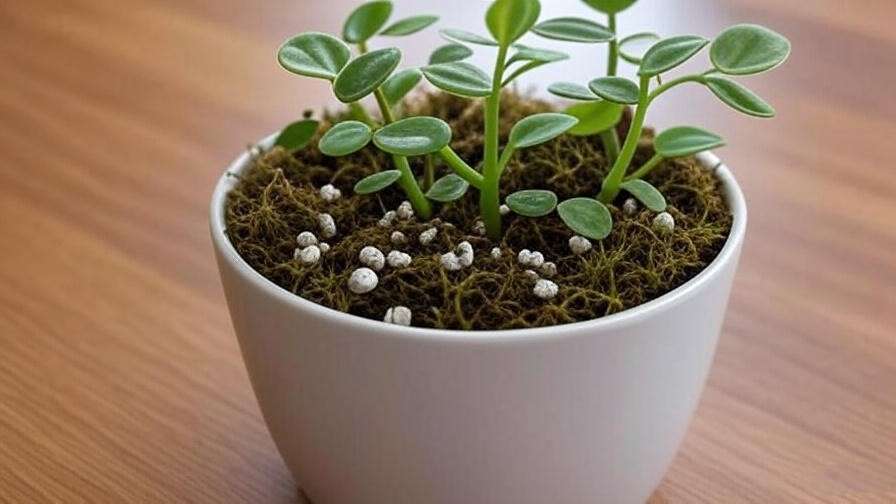
Temperature and Humidity
This tropical beauty prefers temperatures between 65-80°F (18-27°C), making it ideal for most indoor environments. Avoid exposing it to cold drafts or sudden temperature swings, such as near air vents or open windows in winter. The Watermelon Moon loves moderate to high humidity (40-60%). If your home is dry, especially in winter, mist the leaves weekly or place the pot on a pebble tray filled with water. A small humidifier nearby works wonders, too. Keep humidity consistent to prevent leaf drop or curling.
Fertilizing Your Watermelon Moon for Lush Growth 🌱
To encourage lush, vibrant foliage, fertilize your Watermelon Moon every 4-6 weeks during the growing season (spring and summer). Use a balanced, water-soluble fertilizer like 10-10-10, diluted to half strength to avoid burning the roots. Over-fertilizing can cause salt buildup, leading to leaf tip browning. Flush the soil with water every few months to clear excess salts. For example, mix your fertilizer into the watering can and apply during a regular watering session for even distribution. Skip fertilizing in fall and winter when growth slows.
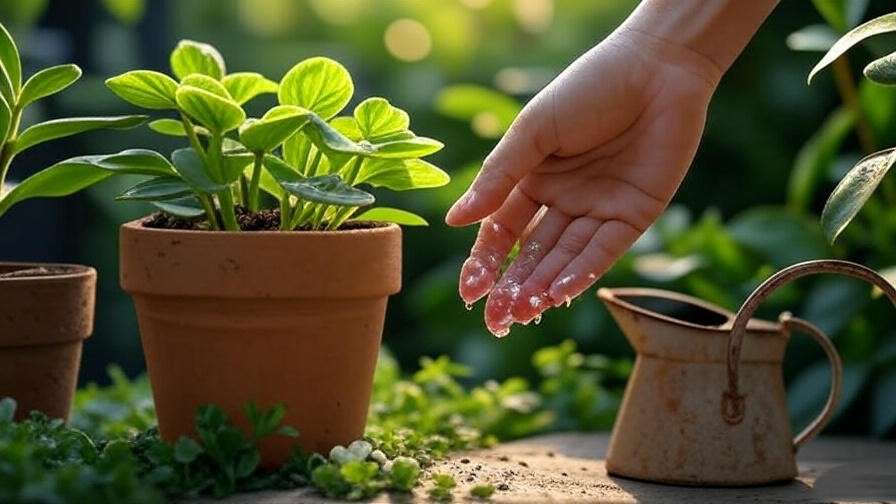
Propagation Techniques for Watermelon Moon 🌿
Leaf Cuttings
Propagating your Watermelon Moon is a rewarding way to expand your collection or share with friends. For leaf cuttings, select a healthy, mature leaf and cut it with a clean, sharp blade just below the stem. Plant the cutting in a moist, well-draining mix (like the one described above) and cover with a plastic bag to retain humidity. Place it in bright, indirect light and keep the soil slightly moist. Roots typically form in 4-6 weeks. Patience is key—avoid disturbing the cutting during this time.
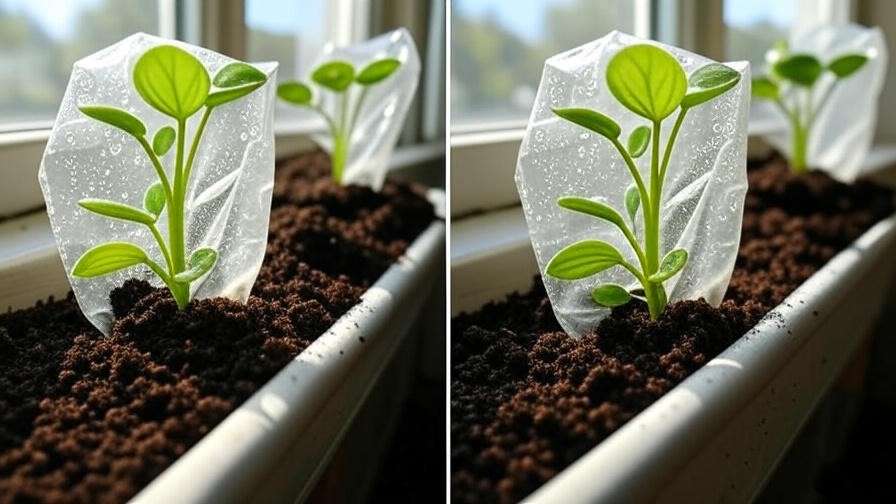
Stem Cuttings
Stem cuttings are another easy method. Snip a 3-4 inch stem with at least two leaves, and remove the lower leaves. Root the cutting in a glass of filtered water or directly in soil. If using water, change it every few days to keep it fresh. Roots should appear in 2-3 weeks. For faster results, dip the cut end in rooting hormone before planting. Place the cutting in a warm, humid spot with indirect light. Once rooted, transfer to a small pot with standard Peperomia soil mix.
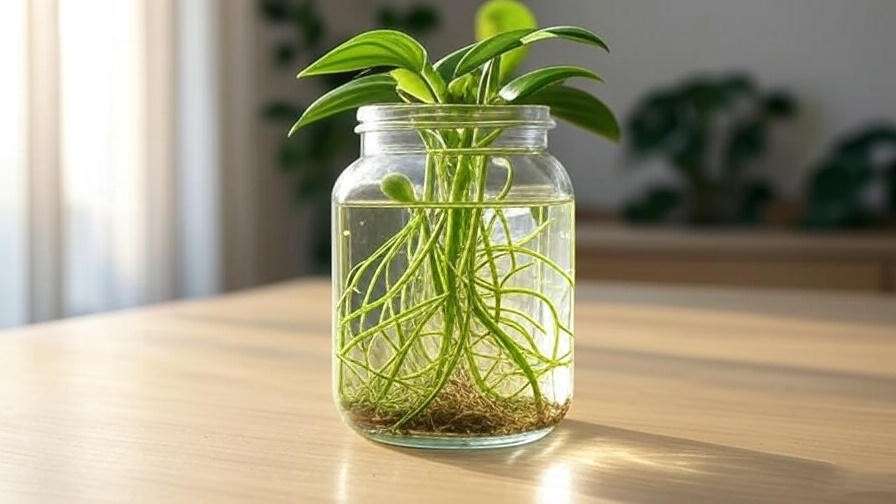
Common Propagation Mistakes to Avoid
Propagation pitfalls can derail your efforts. Overwatering cuttings leads to rot, so keep soil just moist, not soggy. Using unhealthy parent plants reduces success rates, so choose vigorous stems or leaves. Insufficient light can also stall rooting—ensure bright, indirect light. Dr. Linda Chalker-Scott, a plant propagation expert from Washington State University, emphasizes maintaining high humidity and stable conditions for Peperomia cuttings. Check your setup weekly to catch issues early and ensure success.
Common Problems and Solutions for Watermelon Moon Care ⚠️
Yellowing or Dropping Leaves
Yellowing or dropping leaves often signal overwatering, poor drainage, or inadequate light. Check the soil: if it’s soggy, let it dry out and adjust your watering schedule. Ensure the pot has drainage holes and the soil mix is airy. If light is the issue, relocate your Watermelon Moon to a brighter spot, avoiding direct sun. Monitor for a week after adjustments to confirm improvement.
Pests and Diseases
While generally resilient, the Watermelon Moon can attract spider mites, mealybugs, or fungus gnats. Prevent infestations by cleaning leaves regularly with a damp cloth and ensuring good airflow around the plant. If pests appear, treat with neem oil or insecticidal soap, applying every 7-10 days until clear. Fungus gnats often stem from overwatered soil—let the soil dry out to break their life cycle. Expert tip: Inspect your plant weekly to catch pests early before they spread.
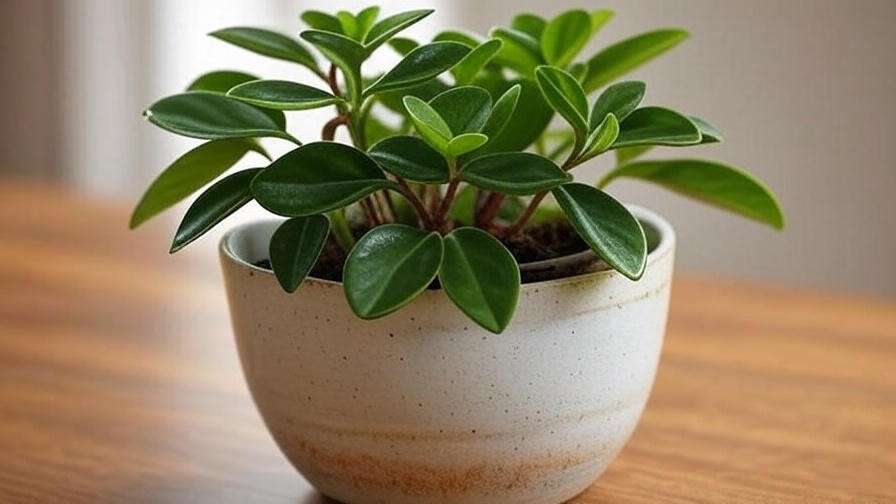
Slow Growth or Fading Leaf Patterns
If your Watermelon Moon grows slowly or its vibrant stripes fade, low light or nutrient deficiency may be the culprit. Move it to a brighter location with indirect light to enhance photosynthesis. If light is sufficient, apply a diluted fertilizer to boost nutrients. Check for compacted soil, which can restrict growth—report if needed. Consistent care will restore those stunning watermelon-like patterns.
Styling and Displaying Your Watermelon Moon 🌟
The Watermelon Moon is a natural showstopper, perfect for styling in various settings. Place it in a sleek ceramic pot on a shelf to highlight its vibrant foliage, or try a hanging planter to showcase its trailing growth. For a modern look, pair it with minimalist decor. It also thrives in terrariums, where high humidity mimics its native habitat. Combine it with low-maintenance companions like pothos or snake plants for a lush display. For example, position your Watermelon Moon on a bookshelf with indirect light for a pop of green elegance.

FAQs About Watermelon Moon Care ❓
Q1: How Often Should I Water My Watermelon Moon Peperomia?
Water your Watermelon Moon every 1-2 weeks, allowing the top inch of soil to dry out between waterings. The exact frequency depends on light, humidity, and pot size. Overwatering is a common mistake, so always check the soil before adding more water. Use a moisture meter for precision, especially in low-humidity environments.
Q2: Can I Grow a Watermelon Moon in Low Light?
While the Watermelon Moon can tolerate low light, it thrives in bright, indirect light. Low light may cause leggy growth or faded leaf patterns. If natural light is limited, supplement with a grow light (6500K full-spectrum) for 10-12 hours daily to maintain vibrant foliage.
Q3: Why Are My Plant’s Leaves Losing Their Vibrant Stripes?
Fading stripes often indicate insufficient light or nutrient deficiency. Move your plant to a brighter spot with indirect light to boost photosynthesis. If light is adequate, fertilize with a diluted 10-10-10 fertilizer every 4-6 weeks during the growing season to restore vibrancy.
Q4: Is the Watermelon Moon Safe for Pets?
Yes, the Watermelon Moon Peperomia is non-toxic to cats and dogs, as confirmed by the ASPCA. It’s a great choice for pet owners, but keep it out of reach to prevent curious nibbling, which could damage the plant’s delicate leaves.
Q5: How Do I Propagate My Watermelon Moon Successfully?
Propagate via leaf or stem cuttings. For leaf cuttings, plant a healthy leaf in moist, well-draining soil and maintain high humidity. For stem cuttings, root in water or soil with bright, indirect light. Use rooting hormone for faster results, and avoid overwatering to prevent rot.
Expert Tips for Long-Term Success 🌿
- Rotate Regularly: Turn your Watermelon Moon every few weeks to ensure even light exposure and balanced growth. Uneven light can cause lopsided foliage.
- Clean Leaves: Dust can block photosynthesis, so wipe leaves gently with a damp cloth monthly. This also enhances the plant’s glossy appearance.
- Repot Strategically: Repot every 1-2 years to refresh soil and prevent root-bound issues. Choose a pot only slightly larger to avoid excess moisture retention.
- Expert Insight: Horticulturist Dr. Linda Chalker-Scott recommends maintaining consistent care routines for Peperomia, noting that “small, proactive adjustments in light and water can prevent most issues before they arise.”
Conclusion: Grow Your Watermelon Moon with Confidence 🌕
Mastering Watermelon Moon care is within your reach with the right knowledge. By providing bright, indirect light, watering sparingly, using well-draining soil, and propagating with care, you can cultivate a thriving Peperomia argyreia that’s the envy of any plant lover. This guide equips you with expert-backed strategies to tackle common challenges, from yellowing leaves to pest control, ensuring your plant remains a vibrant centerpiece in your home. Ready to grow your own Watermelon Moon? Share your plant care journey in the comments or tag us on social media with #WatermelonMoonMagic! For more indoor gardening tips, explore our guides on low-maintenance houseplants or creating a Peperomia collection.


















